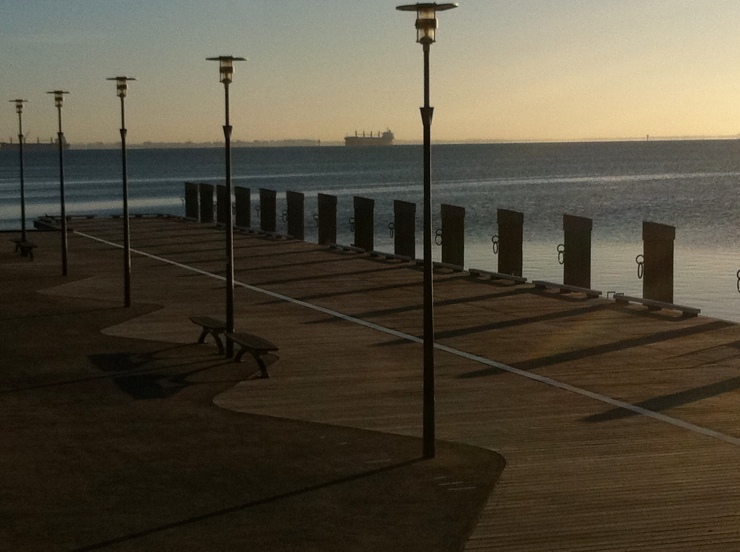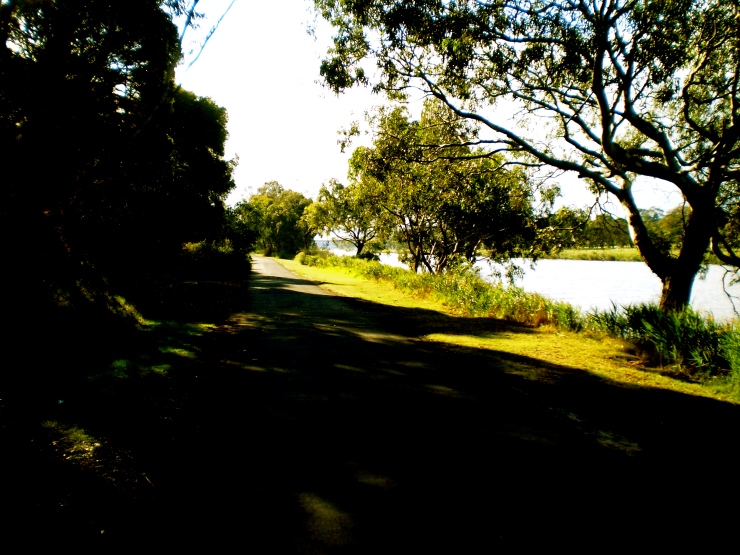
Last week Geelong Councillors voted to learn more about Fracking. They admitted possessing little understanding of the subject, what it does to real estate values, tourism and community health. Councillors made the smart choice and voted for an extra thirty days to get briefed by Officers. This will be followed with another thirty days of Community Consultation and then they vote.
Community consultation is essential around this decision. Every one of us will be impacted by the resolution and we need to be included in the determination of our fate. As I write however, there is nothing on the CoGG website that informs us of the process. We have been assured the process will be publicised.
Fracking is the biggest issue any of the current Councillors will face in their term of Office. In Geelong, the Fracking clock is ticking. We’ve got less than sixty days before our Honourable Representatives vote to invite it in, or lock it out. Let’s share what we know.
Fracking is not a new thing. It is regularly featured in mainstream media and receives huge coverage on social media. It is a violent form of gas extraction and the current CEO of Exxon in the USA is going through a legal process to stop Fracking on his own property.
Fracking is shorthand for “fracturing”. Corporations drill into the earth and inject millions of litres of drinking water. These plants run twenty-four-seven and water tankers keep up the endless flow. This water is mixed with sand and 600 or so chemicals. These lethal injections fracture the rock and force gas to the surface. The gas is then sold overseas.
The toxic sludge dissolves deep underground and can poison the aquifers. Ground water becomes toxic and methane can pollute rivers, dams and streams. Recovered water is left in open-air pools to evaporate. This process can cause sickness and pollution. There is a short-term economic boost. Corporations bring in highly paid engineers. They spend some of their money in the small towns. But the industry activity can also cause real estate markets to collapse.
“While the project may bring large piles of money to Australia’s government and large corporations, the long term effects may be disastrous for our region and local farmers…This makes it even more important for everyone in our community to be educated in fracking and join forces to make their opinion heard, because we are the ones whose livelihoods will be directly impacted.”
This is a quote from Ray White Real Estate. The Ray White Mt Gambier website includes alerts for residents and customers. They have a link to “Lock The Gate” website. They list the following as fact and suggest Fracking will damage their real estate market.
- Up to 600 chemicals are used in the fracking fluid, including known carcinogenics and toxins such as Lead, Uranium, Mercury, Hydrochloric Acid and Formaldehyde. These chemicals, along with Methane Gas, leach out and contaminate nearby groundwater.
- Fracking uses huge amounts of water. Only 30-40% of the fracturing fluid is recovered, the rest of the toxic fluid is left in the ground and is not biodegradable.
Post-Fracking is lunar landscape. Large swathes of the United States are devastated by it. At home, communities in Queensland, Western Australia and the Northern Territory are in the middle of Fracking fights. These conflicts have been readily documented and have seen farmers unite with doctors and environmental activists to protect their land and their towns.
In June 2011, 60 Minutes aired a report that included the now famous footage of U.S farmers igniting drinking water from their kitchen taps. In April 2013, the ABC’s Four Corners ran another story focussing on Australia. Both are on YouTube. The vision of burning water is compelling.
In November 2013, Premier Dr. Napthine was quoted in the Geelong Advertiser saying:
“We will never, ever allow onshore gas if it jeopardises our underground water, if it jeopardises our environment and if it jeopardises our food and agricultural production.”
The State Government then extended the 2012 Baillieu moratorium on Coal Seam Gas exploration and began a community consultation process. On July 9th 2014, the Geelong Advertiser published an update. Jemma Ryan reported that over ten days of consultation in our region 1,100 people attended open house discussions. The Independent Facilitator estimated that 75% of the general public are opposed to Fracking and 20% are uncertain. I’m estimating that leaves 5% in favour.

With easily accessible information out there, it is concerning that our Councillors are not informed. To Frack or not to Frack is a decision that will have an irreversible impact on the people of Geelong.
Fracking is a fast track industry. There are several thousand wells in New South Wales and Queensland already. In 2004 the Barnett shale in Texas accommodated 400 wells, today there are over 10,000. The Victorian State Government report is being prepared for 2015, but we’ve got less than sixty days to take a position. It’s not too late to stop the clock but we need the discussion to begin now, and we need publicity and transparency around the process of consultation. First question. What amount of short-term cash is worth risking our tourism industry, our community health and our real estate market value?
We still have the Key to our City. We can use it to lock the gate.

Terrific article, Victoria is lucky in one respect, we have the chance to stop this before it arrives. I feel like time is running out though, more people need to be educated and made aware of this issue. It’s not a farmer’s problem, it’s not the rural communities problem, it’s all of ours. What kind of town do you wish to live in?
Thanks Alison. You’re right – this is an issue that goes beyond activism. It’s surprising how many people are not aware of the consequences.